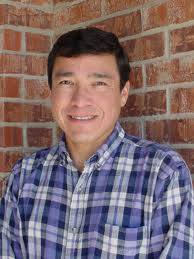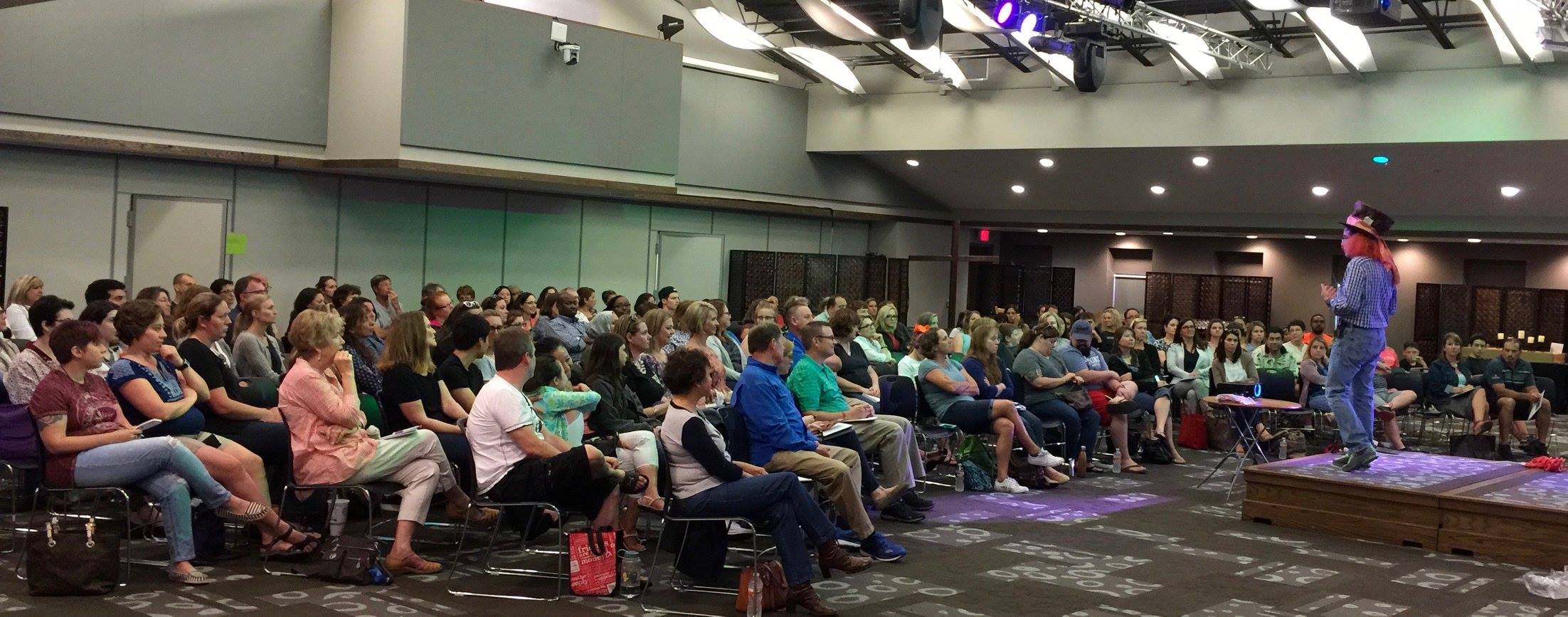Last week's Thriveabetes blog post was about an Clare man's journey to Mount Kilimanjaro in Africa in 1999 with type 1 diabetes - coincedently Diabetes Ireland was the FIRST diabetes related charity to bring people with diabetes to Kilimanjaro. This weeks blog post continues the theme of taking diabetes to new heights and is from Kieran Flanagan, who twenty years ago was among a group of young Irish people with diabetes to take on the Four Peaks of Ireland in under 36 hours. This is Kieran's second post for Thriveabetes writing a very heart felt and difficult piece about living with diabetes complications.
Kieran is also a volunteer with the Galway Type 1 Adults Group, who meet every second month in Galway for a cuppa and a chat about diabetes. To join the Galway Adults with Type 1 Diabetes Group contact Kieran on Email: flanagan.kieran@gmail.com or Tel: 087 0543860
FOUR PEAKS DIABETES CHALLENGE 
Twenty years ago 9 people with diabetes and medical staff completed the Four Peaks challenge in less than 36 hours. What a weekend it was. It all started for me when I was asked would I like to show people anything is possible for someone with diabetes? Of course, I said yes why not. I received the brief of what we were about to undertake; hill walk the 4 highest peaks in each province in less than 36 hours.
The first day of our training was hard due to meeting new people, keeping an eye on blood sugars and it been so foggy up the mountain. I can remember my blood glucose numbers been around the 20 mmol/l mark in the car park so I was a bit slow starting off but as the sugars dropped I got my pace up. I learnt a lot that day about watching what to eat the night before and morning of to maximise energy levels. That was Lughnaquilla (926 meters) in Co.Wicklow.
Over the next few months we would head off to the other peaks and learn more about ourselves and each other. I know I missed a few things in my life that year that I would of been at from weddings to GAA match but it was all worth it.
As the weekend approached I started to get excited about been on this adventure. First getting to know more about diabetes and finding out how others coped with it. I was only 2 years diagnosed so I was the last one to be diagnosed in our group. I got a lot of useful information and tips from them.
The weekend of the challenge began with a bus trip to Dublin for me to meet the team. We headed off to our first climb Slieve Donard (852 meters) Co.Down. It was an early night as we were due to start before sunrise. So bags packed and our climbing bag ready off we went. The adrenaline was pumping through us we seem to be running up it. I think we were about 20 minutes faster than expected now it’s not a hard walk but the buzz among us just pushed us to get it done. When we arrived at the top it was one of the best views of that week the sunrise over the Irish Sea was unreal. So a quick bite and bg’s down all happy off we went back down. Oh the joys to get to the bottom and one peak down. This felt really something that we could achieve.
One of the best bits was to come; we were choppered across our beautiful island. Bags loaded let the flight begin if you ever get a chance to fly across Ireland it’s just a nice from up there as it is on the ground. We headed west to Mweelrea(819 meters) just outside Louisburgh, Co.Mayo. We landed on the beach Silver Strand to be welcomed by a few local sheep and my family was there also. So same again food and bg’s and off we headed across the wet marshy ground it didn’t take long for the hard slog to take it toll slowing us down. But we continued and as the ground got harder it was getting a little bit easier. As we neared the top I got a head rush to get there first been from Connaught and having the flag in my bag. Getting there first felt so good just to be the highest in Connaught for all of 10 seconds. We had more food, check BG’s and took photos.
Back down we went it felt good to have two done and to enjoy the view of Clew bay and Atlantic. Heading down one of the girls hurt her knee which was unfortunate and was unable to climb on Sunday. Back on the beach we had a quick snack and loaded up into the choppers again. This fight was the best experience of the whole weekend. To fly down the west coast is something I want to do again; the views we see from the road are nice but just imagine been up a few thousand feel looking at Connemara, Galway bay, Burren Cliffs of Moher and North Kerry just breathtaking. We arrive in our hotel for the night, had dinner and tried to rub the pain from our legs the day has been a hard slog.
Day 2, we rose again before sunrise to heavy rain that’s not very nice when you're heading for Carrauntoohill (1040 meters) the highest peak in all the country. But there is no stopping us. Off we headed up this majestic mountain and got very wet and cold. There was a small river that you have to cross after rain but it was already up to our ankles
Day 2 was a lot different to the first day. The Devil’s Ladder which is about half way up is tough on a dry day but today it’s was hands knees and anything else you could use to hold on to the wet rocks with water cascading down on you. As we approach the top through the clouds we wondered would we get a view of the lake below. We were blessed because just as we were packing up after we had checked our bgs and had some food and photos, the clouds opened to give us yet another breathtaking view of the valley we had just slogged through.

We made our way down again and the Devil’s Ladder was now knee deep and in full flow. Time for a bit more team work to help one another. Back into business everyone changing clothing to try get warm and ready for a flight across to Wicklow. This was the last climb with a nice crowd to meet us and a few press. Yes we did make a few papers I myself made page 3 of Tuam herald.
The fourth and final hill was nothing short of hell. It’s wet boggy soft ground and my legs don’t feel much better heavy wet and cold. Then the famous adrenaline kicked in and the 9 of us said nothing was going to stop us now. This climb seem to take forever as the fog drew in. I’ve a small recollection of the mountain rescue guys saying this is not a good idea due to increase in fog, they didn’t realize how determined a person with diabetes is, they do now.
We of course would have headed down if it was unsafe but we let them know if there was the slightest chance we could carry on we would. As we approached the top we stopped so we could all reach it together. We didn’t need to radio down that we had reached the top they could hear us. Is was celebration time champagne cigars and plenty of claps on the backs. It was like it looks on TV after an team wins a final but this was better in my eyes. Why? Because the 9 of us who started this experience, started out as individuals with diabetes but we had became a team that could and did do something not many people would consider possible, back then.
The whole weekend of course would not have been possible without the Diabetes Federation of Ireland (now Diabetes Ireland) and the local community where I fundraised. The team were myself John Keller, Orla McCarrick, Orla Wilson, Fergal Cronin, Dave Augusta, Dave Barrett, Andy Brown and Nigel Kielty. The medical team was Dr. Chris Thompson, Dr. Adrian Daly, Dr. Randall Hayes and nurses Helen Twamley and Caitriona Coleman also a person with type 1 diabetes.
This experience showed me that a person with diabetes can do anything with the right knowledge and support. Anything is possible. I hope to be able to meet this great group again just to see how and what we have accomplished in the last 20 years.
Four Peaks Challenge in the Newspapers 1997 Diabetic Group Conquers Four Peaks Turning an Illness into a Gift
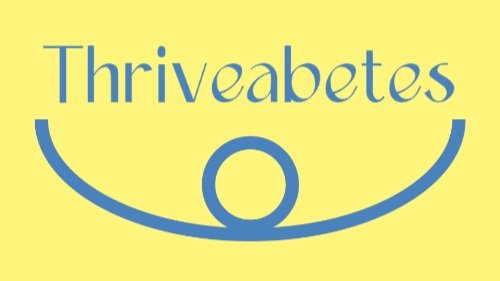
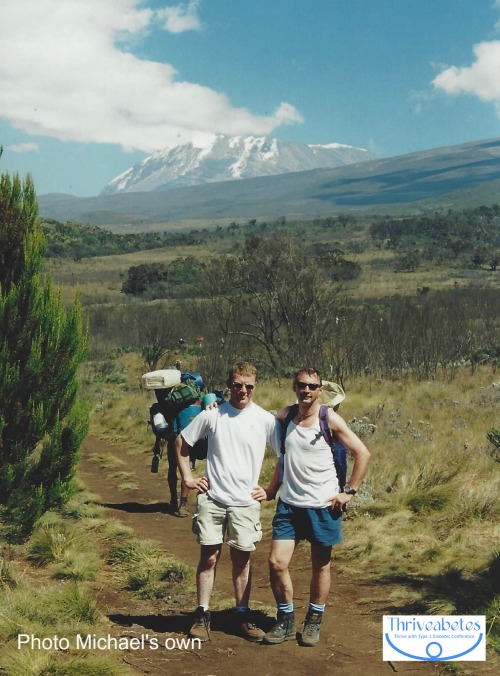 Kili
Kili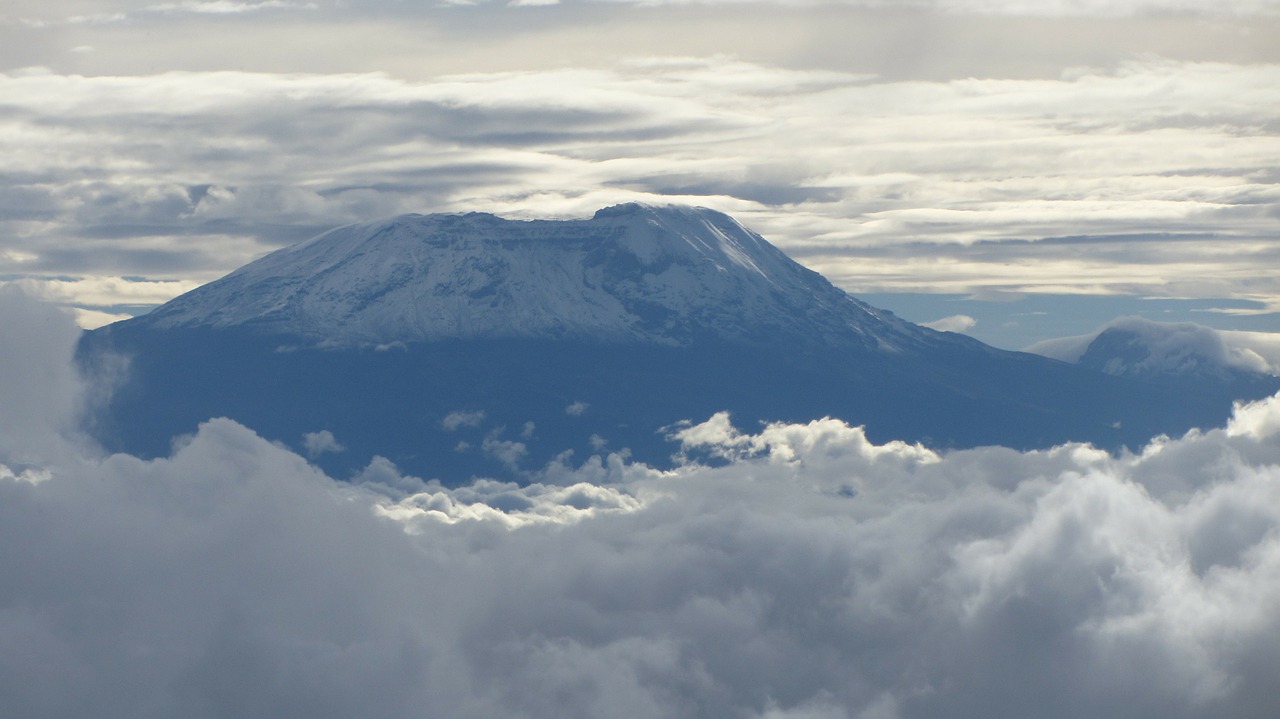
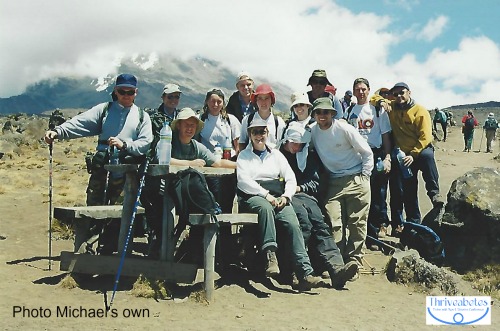 Kili was done and Gerry entertained us without his wingman that night in Horombo Huts and we drank all the beers before a German team came in and gave out that there was no beer for them. The walk out was a long one but all downhill and satisfying in its own way. Exhaustion took me that night and I snored my way through the night as everybody partied and celebrated the success of the trip.
Our strongest on the mountain was Michael O’Dea from Dundalk as I recall. He had type 1 diabetes. The group that made the top were approx 50/50 diabetes/non-diabetes. The altitude caught out about 50/50 diabetes/non-diabetes and the marriage that occurred is exactly 50/50. I remain friends with many from the group and have great admiration for the courage of Kieran and the medical team of Nicola, Kevin, Chris and Randal Hayes for taking risks and winning.
Kili was done and Gerry entertained us without his wingman that night in Horombo Huts and we drank all the beers before a German team came in and gave out that there was no beer for them. The walk out was a long one but all downhill and satisfying in its own way. Exhaustion took me that night and I snored my way through the night as everybody partied and celebrated the success of the trip.
Our strongest on the mountain was Michael O’Dea from Dundalk as I recall. He had type 1 diabetes. The group that made the top were approx 50/50 diabetes/non-diabetes. The altitude caught out about 50/50 diabetes/non-diabetes and the marriage that occurred is exactly 50/50. I remain friends with many from the group and have great admiration for the courage of Kieran and the medical team of Nicola, Kevin, Chris and Randal Hayes for taking risks and winning.
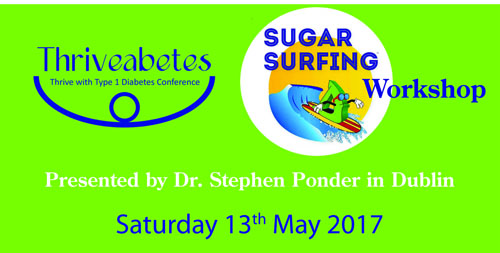 What: Thriveabetes Sugar Surfing Workshop
When: Saturday, May 13th from 10am until 2pm
Where:
What: Thriveabetes Sugar Surfing Workshop
When: Saturday, May 13th from 10am until 2pm
Where: 